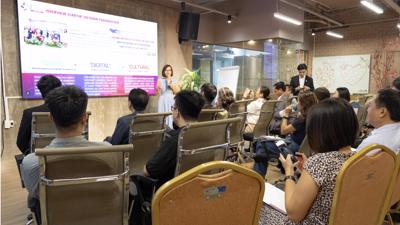99% of population expected to access 5G mobile networks by 2030
A plan to implement the information and communications infrastructure master planning for 2021-2030 was approved under Prime Ministerial Decision No.805/QS-TTg.

Deputy Prime Minister Tran Luu Quang has approved a plan to implement the information and communications infrastructure master planning for the period of 2021-2030, with a visionary outlook extending to 2050.
The plan, approved under Prime Ministerial Decision No. 805/QD-TTg, which was signed by Deputy PM Tran Luu Quang on August 7, sets orientations for relevant ministries, agencies and localities to coordinate with the Ministry of Information and Communications to effectively implement the master planning.
Under the plan, capital sourced from the State budget will prioritize the implementation of public projects on information and communications infrastructure.
Regarding land use, the plan encourages the linkage between projects on information and communications infrastructure with projects developing the digital industry, e-government, digital economy and digital society with the aim of forming an ecosystem to improve the efficiency of using resources for socio-economic development.
The master planning aims for significant advancements in digital infrastructure by 2025. It envisions ubiquitous access to fiber optic cable for households, ensuring that 100% can have access when needed.
It sets goals for smartphone ownership among the adult population, access to high-speed Internet for technological hubs and government agencies, integration of IoT in essential infrastructure and the adoption of cloud computing services by Vietnamese businesses.
Looking ahead to 2030, the focus shifts towards substantial improvements in fixed broadband access network infrastructure. Additionally, the plan aims to extend the coverage of 5G mobile broadband networks to 99% of the population, with an emphasis on advancing next-generation mobile networks.
Furthermore, the target is set for 100% of state agencies, state-owned enterprises, and over 50% of the population to utilize cloud computing services provided by domestic enterprises.







